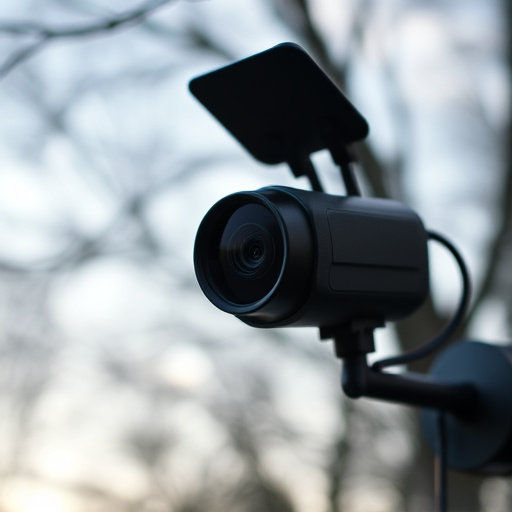Hidden Nanny Cams with night vision technology offer discreet, round-the-clock monitoring and crucial evidence in security incidents across various environments, from homes and businesses to public spaces. Recent advancements include light-based camouflage techniques that make these cameras virtually undetectable, even under close inspection. Security professionals use light manipulation and image analysis tests to uncover hidden cameras, enhancing security measures and supporting privacy protection laws. This proactive approach contributes to a safer digital environment by safeguarding personal spaces from unwanted surveillance.
Uncover the art of hidden surveillance with our in-depth exploration of disguised camera identification using light tests. In an era where privacy concerns grow, understanding ‘hidden nanny cams’ and their night vision capabilities is paramount. We delve into the science behind lighting as a disguise for camera detection, revealing innovative practical applications. From enhancing security to future prospects, this article offers insights into the evolving landscape of light-based camera concealment testing, empowering individuals with knowledge in today’s digital age.
- Understanding Hidden Nanny Cams and Night Vision Technology
- The Science Behind Lights as Disguise for Camera Detection
- Practical Applications and Future Prospects of Light-Based Camera Concealment Testing
Understanding Hidden Nanny Cams and Night Vision Technology
Hidden Nanny Cams, often referred to as covert surveillance devices, have evolved significantly with advancements in technology. These tiny yet powerful cameras are designed to operate discreetly, making them ideal for monitoring purposes while maintaining a level of privacy. The term “Nanny Cam” typically evokes images of parental oversight, but these cameras have found their way into various settings, including businesses, homes, and even public spaces.
Night Vision Technology is a critical component of many Hidden Nanny Cams. It enables the camera to capture clear images in low-light conditions, ensuring round-the-clock surveillance. This technology uses infrared (IR) LEDs or image intensifiers to enhance visibility in darkness, allowing for discreet and effective monitoring. With advanced night vision capabilities, these cameras can provide valuable evidence in security incidents and contribute to enhanced safety measures in various environments.
The Science Behind Lights as Disguise for Camera Detection
The use of lights as a means to disguise hidden camera detection is an intriguing aspect of modern surveillance technology. This method leverages the principles of light and vision, specifically playing on the human eye’s natural perception. Night vision capabilities have long been associated with security cameras, but in recent years, a new twist has emerged: using ambient lighting to mask the presence of tiny, concealed cameras known as hidden nanny cams.
The science behind this involves understanding how light interacts with objects and our visual system. By strategically placing and manipulating lights, it becomes possible to create illusions that divert attention from suspicious devices. This technique takes advantage of natural lighting conditions during different times of the day or night, making it a subtle yet effective way to prevent camera detection. The challenge lies in balancing the need for illumination (to see clearly) with the art of camouflage, ensuring that any hidden cameras remain hidden even under close scrutiny.
Practical Applications and Future Prospects of Light-Based Camera Concealment Testing
The practical applications of light-based camera concealment testing extend far beyond mere curiosity. This method, often employing Hidden Nanny Cams with Night Vision capabilities, finds critical use in various fields. For instance, it serves as a powerful tool for security and surveillance professionals, enabling them to identify hidden cameras in sensitive areas like hospitals, government facilities, and corporate boardrooms. By simulating natural light conditions at different times of the day, these tests can uncover covert recording devices that might otherwise remain undetected.
Looking ahead, the future of light-based camera concealment testing promises even greater possibilities. Advancements in technology, such as more sophisticated light manipulation techniques and improved image analysis algorithms, could make these tests even more effective and accessible. This not only enhances security but also paves the way for better privacy protection laws and regulations. The ability to proactively identify hidden nanny cams with night vision capabilities can help foster a safer digital environment, ensuring that individuals’ personal spaces remain free from unwanted surveillance.
Hidden Nanny Cams and night vision technology have long posed challenges in privacy protection. The science behind using lights for disguise offers a promising solution, effectively hindering camera detection. With practical applications already evident, future prospects suggest an enhanced focus on light-based camera concealment testing, potentially revolutionizing both security measures and individual privacy rights. Understanding these innovations is key to navigating the evolving landscape of surveillance technology.
